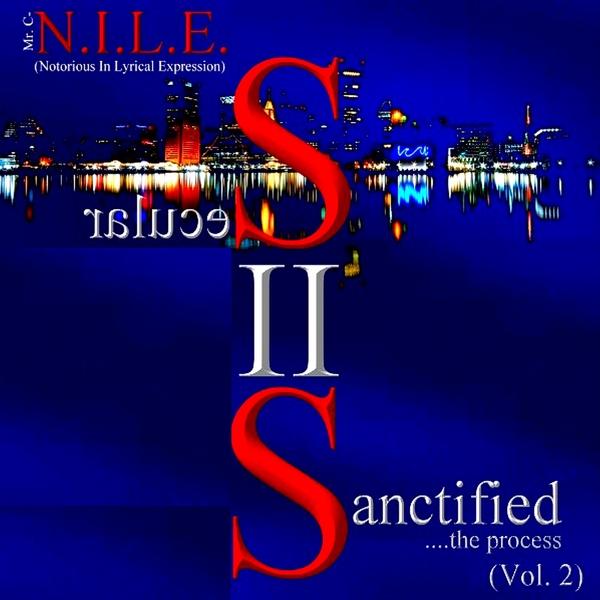
Alighieri, Dante
The Divine Comedy describes Dante's travels through Hell, Purgatory, and Paradise and represents the soul's journey towards God. This edition includes the complete texts of Dante's Inferno, Purgatoria, and Paradiso.
Inferno - Inferno begins with Dante lost in a dark wood, assailed by beasts he cannot evade, and unable to find the straight way to salvation. Conscious that he is ruining himself and that he is falling into a dark place, Dante is at last rescued by Virgil, and the two of them begin their journey to the underworld. Allegorically, the Inferno represents the Christian soul seeing sin for what it really is, and the three beasts represent three types of sin: the self-indulgent, the violent, and the malicious.
Purgatoria - Having survived the depths of Hell, Dante and Virgil ascend out of the undergloom to the Mountain of Purgatory on the far side of the world. The mountain has seven terraces, corresponding to the seven deadly sins. Dante's illustrative examples of sin and virtue draw on classical sources as well as on the Bible and on contemporary events.
Paradiso - After an initial ascension, Beatrice guides Dante through the nine celestial spheres of Heaven. These are concentric and spherical, as in Aristotelian and Ptolemaic cosmology. The structure of Paradiso is based on the four cardinal virtues and the three theological virtues. In Paradiso, Dante meets and converses with several great saints of the Church, including Saint Peter, and St. John. Allegorically, the poem represents the soul's ascent to God.
This case laminate collector's edition includes a Victorian inspired dust-jacket.
member goods
listens & views

SECULAR 2 SANCTIFIED (THE PROCESS) ...
by MR. C-N.I.L.E. (NOTORIOUS IN LYRICAL EXPRESSION)
COMPACT DISCout of stock
$12.25






